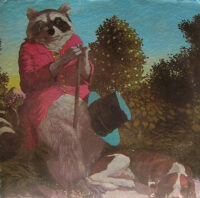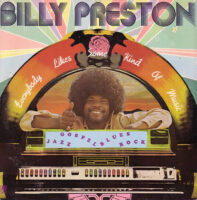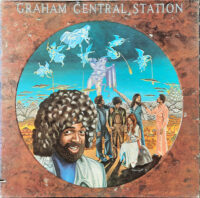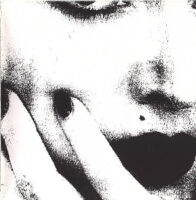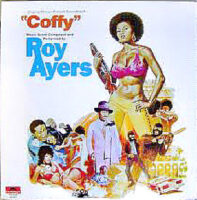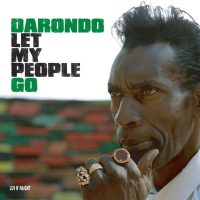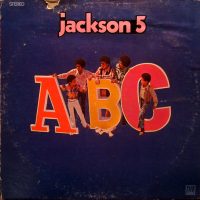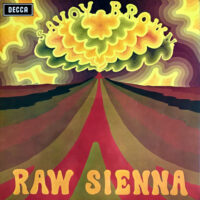
British blues rock was damn near everywhere in the ’60s and early ’70s, and Savoy Brown were in the thick of it, releasing very good records from 1967 to 1972. Unfortunately, they failed to gain the substantial traction in the US that artists such as Cream and Fleetwood Mac achieved. Instead, Savoy Brown were more of a connoisseur’s band, and the consensus among those sage heads is that they peaked with Raw Sienna.
Led by pianist/vocalist Chris Youlden—who left the group after Raw Sienna—and guitarist Kim Simmonds, Savoy Brown expanded blues rock’s parameters on this nine-track LP. One of Simmonds’ three compositions, “That Same Feelin’” is fabulous, marauding rock powered by Roger Earl’s funky percussion solo, Kim’s stinging guitar solo, and Terry Noonan’s bravura brass charts. Another Simmonds anomaly is “ Is That So,” which is not so much blues rock as it is a proggy quest in busted waltz time—a nice surprise! The spy-flick-soundtrack-y instrumental “Master Hare” (also by Simmonds) excites with blaring horns and Youlden’s tension-building piano. Tone Stevens’ bass lines are insanely groovy and complex and Simmonds wrings rampant guitar leads that might’ve made Peter Green with envy. [sic] A freaky rave-up coda ices this blues-rock cake.
Many of Youlden’s songs slap, too. The alluring opener “A Hard Way To Go” instantly ensnares you with Stevens’ intriguing bass line and Youlden’s golden, vocals, which reach Steve Marriott levels of wracked soulfulness. The sotto-voce, mellow blues of “Stay While The Night Is Young” features “Lonesome” Dave Peverett’s acoustic-guitar strum and Simmonds’ fluid, pointillistic electric-guitar solo. (Incidentally, this cozy, subliminally funky music was sampled by a California-based friend who releases excellent instrumental hip-hop under the name DJ Frane.) “When I Was A Young Boy” is that rare specimen—orchestral blues rock—and moving it is.
If I’m hearing this right, “Needle And Spoon” is a bustling, horn-powered paean to heroin. But if it’s sincere, this song pairs poorly with Neil Young’s “The Needle And The Damage Done.”A dynamic blues ballad with the brassy brashness of early Chicago, “I’m Crying” sounds like a hit single, aided by Youlden’s confessional, conspiratorial vocal delivery. Alas, even though their records sold pretty well in America, Savoy Brown never scored a hit here, but smart record collectors can score their best albums for a reasonable price in most used-vinyl bins. -Buckley Mayfield
Located in Seattle’s Fremont neighborhood, Jive Time is always looking to buy your unwanted records (provided they are in good condition) or offer credit for trade. We also buy record collections.




